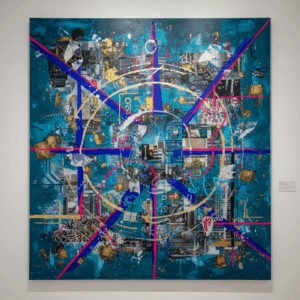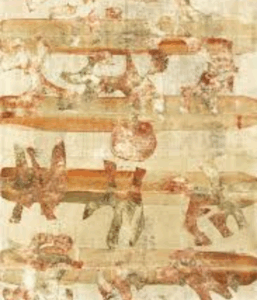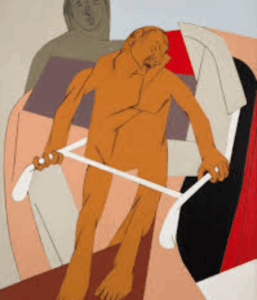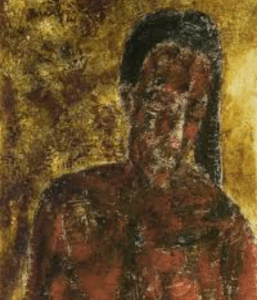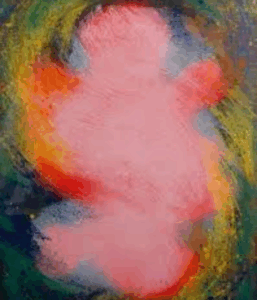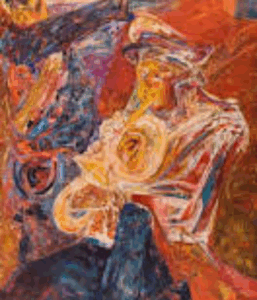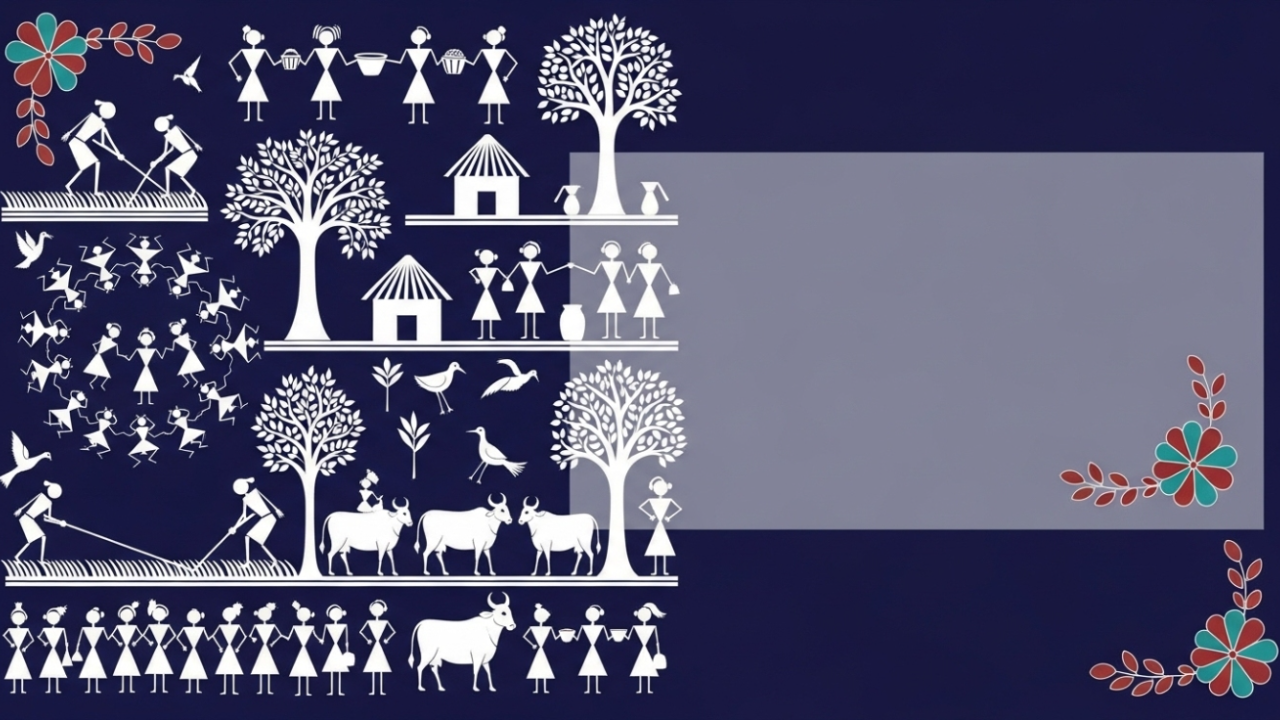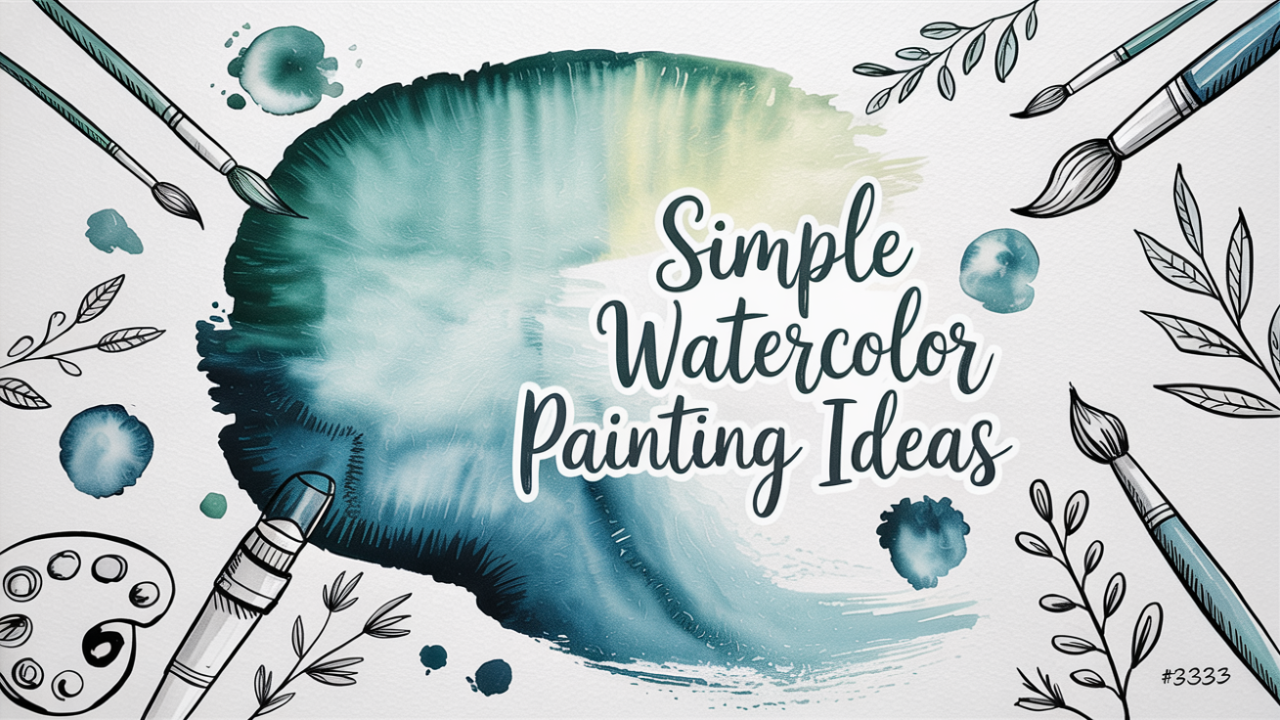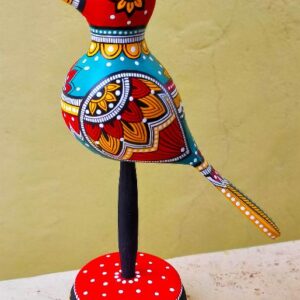
About the Author
Mohd Amaan
Mohd Amaan is an Artist, Writer & Creative Expert at Artisthu. He blends fine art with modern design and storytelling, helping creators present their work beautifully and effectively online.
Table of Contents
ToggleAbstract Art
Abstract art stands as one of the most expressive and liberating forms of artistic creativity. Unlike realistic painting, which tries to capture the physical appearance of objects, abstract art allows the artist to break free from restrictions and paint emotions, feelings, or ideas through colors, forms, and textures. In India, the journey of abstract art from India reflects not just the growth of modern artistic expression but also the influence of spirituality, philosophy, and culture. From early pioneers who shaped Indian abstract art to today’s generation of Indian contemporary abstract artists, the style has evolved into one of the most recognizable identities of modern Indian abstract art.
Abstract Art from India: Blending Tradition and Modernity
The history of abstract art in India is deeply tied to the nation’s cultural transformation. After independence, artists began moving away from classical, figurative styles to explore new ideas. The emergence of the Progressive Artists’ Group in Bombay during the 1940s and 1950s marked a significant milestone in India’s art journey. Instead of focusing on mythological or purely realistic themes, these artists experimented with color, shapes, and symbolism.
Abstract art in India did not emerge as a blind imitation of Western art movements but as a fusion of Indian spirituality, philosophy, and international modernism. The symbolic “bindu” used by Indian abstract artist S. H. Raza is a perfect example. For him, the bindu was not just a shape but a spiritual center of energy. Similarly, V. S. Gaitonde, often regarded as the father of Indian abstraction, was inspired by Zen philosophy and created minimal, meditative canvases that became landmarks in the evolution of abstract art in India.
Abstract Art Styles in India
The range of abstract art styles in India makes it one of the most diverse in the world. Several artists embraced geometric abstraction, incorporating lines and symmetrical patterns inspired by mandalas and yantras, creating a deep connection with Indian spirituality. Others embraced color field painting, covering canvases in vast layers of tones to evoke specific emotions. Meanwhile, many Indian painters worked with abstract expressionism in India, where bold brushstrokes and chaotic textures symbolized raw human emotions.
These modern Indian art styles represent the freedom of expression that abstract art encourages. They also highlight the balance between Indian heritage and modern experimentation. The beauty of abstract painting styles in India lies in how artists borrow from tradition but express it through a fresh, contemporary language.
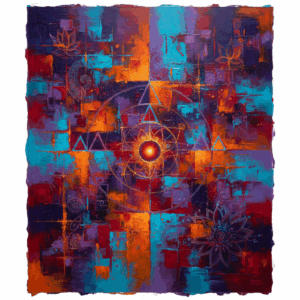
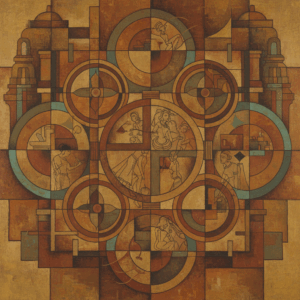
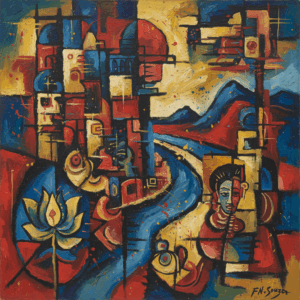
Famous Abstract Artists India Has Produced
1. V. S. Gaitonde – Untitled (1971)
Vasudeo S. Gaitonde is often considered the pioneer of Indian abstract art. His works blend spirituality with abstraction, using subtle textures, muted tones, and meditative brushstrokes. Gaitonde’s minimalist yet powerful paintings redefined modern Indian abstract art and continue to influence new generations.
2. S. H. Raza – Saurashtra (1983)
Sayed Haider Raza brought together Indian philosophy and Western abstraction. His famous “Bindu” series became an iconic representation of Indian spirituality through abstract art. Raza’s work helped introduce contemporary abstract art in India to international audiences, making him one of the most notable Indian painters in this field.
3. Tyeb Mehta
Tyeb Mehta merged expressionism with abstraction, often using bold colors and sharp forms. His works highlight the emotional depth of Indian abstract expressionism, and his style added dynamism to Indian modern art styles.
4. Ram Kumar
Ram Kumar transitioned from figurative painting to complete abstraction, focusing on urban landscapes and human conditions. His abstract works reflect the evolution of abstract art in India, combining lyrical brushstrokes with deep symbolism.
5. Akbar Padamsee
Akbar Padamsee explored color fields and form through a unique abstract modern painting with an Indian perspective. His experiments with “metascapes” created a bridge between realism and abstraction, making him one of the best abstract artists in India.
6. Natvar Bhavsar
Natvar Bhavsar, based in the United States but deeply rooted in Indian culture, is known for his pigment-based abstract art techniques in India. His use of pure powdered pigment creates immersive canvases that celebrate both Indian tradition and global modernism.
7. Krishen Khanna
Krishen Khanna often blurred the line between figurative and abstract art. His works carry emotional weight and are considered an important contribution to the abstract movement of contemporary Indian artists.
Modern Indian Abstract Art: A Global Identity
The rise of modern Indian abstract art during the late 20th century opened doors for Indian artists worldwide. Unlike earlier generations, modern painters were not limited to traditional canvases or oil paints. They experimented with acrylics, textures, collage, and even unconventional materials like sand and fabric. This shift brought abstract modern painting in India into the global spotlight.
As globalization took over, Indian abstract painters began showcasing their works in international exhibitions. Galleries in London, New York, Paris, and Dubai started promoting Indian contemporary artists’ abstracts, recognizing their ability to merge Indian tradition with global modernism. This exposure also encouraged collectors to buy abstract paintings in India, both as an investment and as a representation of India’s cultural identity.
Abstract Expressionism in India and Its Impact
The influence of abstract expressionism in India has been profound. While the movement began in the West with artists like Jackson Pollock and Mark Rothko, Indian painters interpreted it differently. For them, abstraction was not only about chaos and emotions but also about spirituality, meditation, and balance.
For instance, Ram Kumar’s abstract landscapes reveal a sense of emptiness and silence, while J. Swaminathan combined tribal symbolism with abstract shapes. These interpretations highlight how abstract art techniques in India evolved uniquely compared to Western practices.
Abstract Art Techniques in India
The abstract art techniques Indian artists use are as varied as their styles. Many prefer brushwork with multiple layering to create depth, while others use palette knives to add bold textures. The use of natural Indian pigments and dyes connects modern works to ancient traditions. Mixed media has also become common, where artists integrate paper, textiles, or even digital tools to expand creativity.
Unlike figurative art, where technique often aims at precision, abstract art in India relies more on intuition, experimentation, and emotion. This is why abstract modern painting in India often feels deeply personal and spiritual to both the artist and the viewer.
Evolution of Abstract Painting in India
The history of abstract painting in India is a fascinating journey. From early influences in the 1940s to the rise of internationally celebrated Indian abstract artists, each decade has contributed something unique.
- In the 1940s–50s, artists experimented with European modernism.
- By the 1960s–80s, abstraction gained maturity, blending Indian philosophy with expressionism.
- From the 1990s onwards, the style became global, with contemporary abstract art from India gaining recognition across major exhibitions.
This timeline shows how the evolution of abstract art in India reflects the country’s broader cultural evolution—from tradition to modernity, from isolation to globalization.
Contemporary Abstract Art India: A Fresh Perspective
Today, Indian contemporary abstract artists are redefining boundaries. Their work goes beyond canvas to include installation, video art, and digital painting. Many artists use abstraction to comment on urbanization, globalization, identity, and even climate change.
The younger generation is not afraid to experiment with technology. Artificial Intelligence (AI) and digital platforms are influencing the creation of contemporary abstract art in India, giving it a futuristic edge. Yet, even in this digital era, Indian abstract art continues to be deeply spiritual and rooted in philosophy.
Why Buy Abstract Paintings in India?
The demand to buy abstract paintings India has been growing among both collectors and common buyers. There are several reasons behind this trend:
- Abstract art complements modern interiors beautifully.
- It carries the legacy of famous abstract artists from India, adding prestige to collections.
- It is versatile, allowing viewers to interpret it in their own way.
- Supporting contemporary Indian abstract artists helps preserve and promote cultural innovation.
For art lovers, investing in Indian modern art styles is not just about aesthetics but also about cultural pride. Many collectors consider owning an abstract modern painting from India as an investment with both emotional and financial value.
Indian Art Movements Abstract: A Cultural Contribution
When we study Indian abstract art movements, it becomes clear that abstraction has given Indian modern art its unique global identity. Unlike other countries, where abstraction was primarily about breaking rules, in India it also became a way to represent spirituality and philosophy. The Indian modern art styles linked with abstraction created a dialogue between tradition and modernity.
This is why the evolution of abstract art in India is seen as more than just an art history timeline—it is a cultural contribution that shaped how the world perceives Indian creativity.
FAQs on Abstract Art in India
Q1. What is abstract art?
Abstract art is a style of painting that does not try to represent reality but instead focuses on shapes, colors, and emotions.
Q2. What makes abstract art from India unique?
It blends modernist techniques with Indian spirituality, philosophy, and symbolism.
Q3. Who are the best abstract artists in India?
V. S. Gaitonde, S. H. Raza, Ram Kumar, Natvar Bhavsar, and J. Swaminathan are considered the best abstract artists in India.
Q4. What are the popular abstract painting styles India follows?
Geometric abstraction, color field painting, and abstract expressionism dominate.
Q5. Where can I buy abstract paintings in India?
You can purchase them from art galleries, exhibitions, or trusted online platforms like Artisthu that showcase Indian abstract art.
Conclusion
The story of abstract art in India is one of freedom, creativity, and innovation. From the history of abstract painting in India to the growth of modern Indian abstract art and the rise of contemporary abstract art in India, the journey has been extraordinary. Artists have not only contributed to the global art scene but also created a style that is uniquely Indian. Whether you explore the works of famous abstract artists in India or the creativity of contemporary Indian abstract artists, you will find art that speaks beyond words.
Call to Action
Are you ready to explore the world of abstract art from India? Discover, appreciate, and even buy abstract paintings of India created by notable Indian abstract painters and emerging talents. By supporting Indian modern art styles, you become a part of the ongoing story of abstract modern painting in India, where tradition and innovation meet on canvas.

Written by: Mohd Amaan

